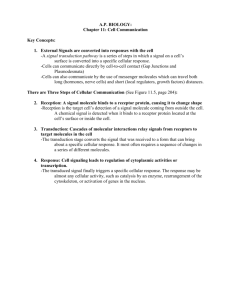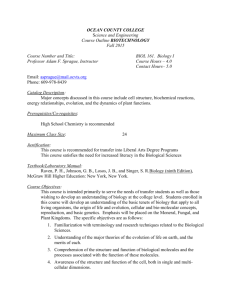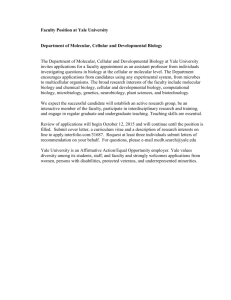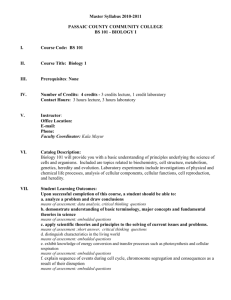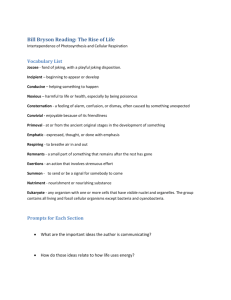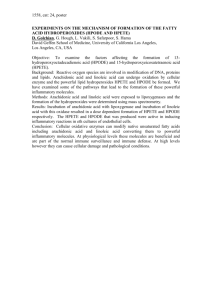AP Example List
advertisement
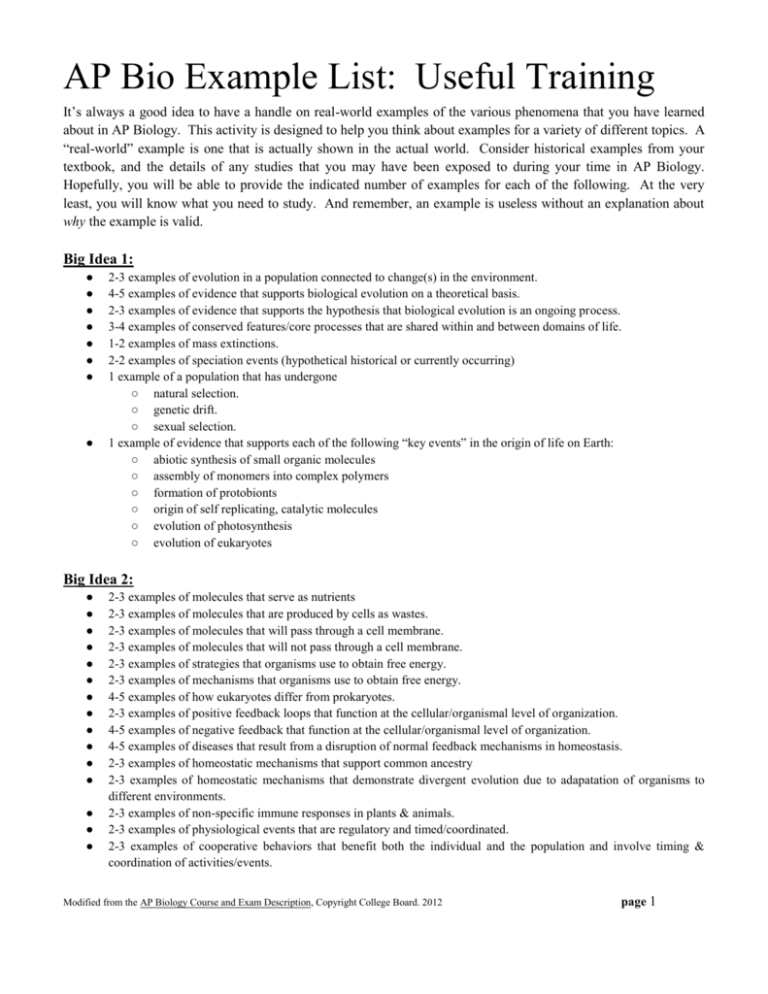
AP Bio Example List: Useful Training It’s always a good idea to have a handle on real-world examples of the various phenomena that you have learned about in AP Biology. This activity is designed to help you think about examples for a variety of different topics. A “real-world” example is one that is actually shown in the actual world. Consider historical examples from your textbook, and the details of any studies that you may have been exposed to during your time in AP Biology. Hopefully, you will be able to provide the indicated number of examples for each of the following. At the very least, you will know what you need to study. And remember, an example is useless without an explanation about why the example is valid. Big Idea 1: ● ● ● ● ● ● ● ● 2-3 examples of evolution in a population connected to change(s) in the environment. 4-5 examples of evidence that supports biological evolution on a theoretical basis. 2-3 examples of evidence that supports the hypothesis that biological evolution is an ongoing process. 3-4 examples of conserved features/core processes that are shared within and between domains of life. 1-2 examples of mass extinctions. 2-2 examples of speciation events (hypothetical historical or currently occurring) 1 example of a population that has undergone ○ natural selection. ○ genetic drift. ○ sexual selection. 1 example of evidence that supports each of the following “key events” in the origin of life on Earth: ○ abiotic synthesis of small organic molecules ○ assembly of monomers into complex polymers ○ formation of protobionts ○ origin of self replicating, catalytic molecules ○ evolution of photosynthesis ○ evolution of eukaryotes Big Idea 2: ● ● ● ● ● ● ● ● ● ● ● ● ● ● ● 2-3 examples of molecules that serve as nutrients 2-3 examples of molecules that are produced by cells as wastes. 2-3 examples of molecules that will pass through a cell membrane. 2-3 examples of molecules that will not pass through a cell membrane. 2-3 examples of strategies that organisms use to obtain free energy. 2-3 examples of mechanisms that organisms use to obtain free energy. 4-5 examples of how eukaryotes differ from prokaryotes. 2-3 examples of positive feedback loops that function at the cellular/organismal level of organization. 4-5 examples of negative feedback that function at the cellular/organismal level of organization. 4-5 examples of diseases that result from a disruption of normal feedback mechanisms in homeostasis. 2-3 examples of homeostatic mechanisms that support common ancestry 2-3 examples of homeostatic mechanisms that demonstrate divergent evolution due to adapatation of organisms to different environments. 2-3 examples of non-specific immune responses in plants & animals. 2-3 examples of physiological events that are regulatory and timed/coordinated. 2-3 examples of cooperative behaviors that benefit both the individual and the population and involve timing & coordination of activities/events. Modified from the AP Biology Course and Exam Description, Copyright College Board. 2012 page 1 ● ● 2-3 examples of abiotic factors. 2-3 examples of biotic factors. Big Idea 3: ● ● ● ● ● ● ● ● ● ● ● ● ● ● ● 2-3 examples of how gene regulation allows for cell specialization and efficient cell function. 1-2 examples of a signal transduction pathway mechanism that affects protein expression. 2-3 examples of process that increase genetic variation. 1 example of how plants use cell-to-cell communication for cellular processes. 1 example of how animals use cell-to-cell communication for cellular processes. 1 example of how bacteria use cell-to-cell communication to communicate with other bacteria. 2 examples of how plants use cell-to-cell communication to communicate over short and long distances. 3 examples of how animals use cell-to-cell communication to communicate over short and long distances. 1 example of a behavior in animals that is modified in response to external and internal cues. 1 example of a behavior in plants that is modified in response to external and internal cues. 3-4 examples of commonly used technologies that allow humans to manipulate heritable information (and specific, realistic consequences of this manipulation) 3-4 examples of effects that alterations in the normal process of meiosis have on phenotypes of offspring, with at least 2 examples coming from humans. 3-4 examples of changes in DNA sequence information that alter phenotypes. 1 example of how the life cycle of a DNA virus can contribute to rapid evolution of virus and host. 1 example of how the life cycle of an RNA virus can contribute to rapid evolution of virus and host. Big Idea 4 ● ● ● ● ● ● ● ● 2-3 examples of how interactions between constituent parts of a biological system (cells, tissues, organs) provide essential biological activities. 5 or more examples of how molecular variation in genes, basic cellular building blocks, and macromolecules provide a wider range of functions and how these variations affect fitness and evolution. 5 or more examples from both plants and animals that explain how environment can influence the expression of a phenotype. 5 or more valid examples of trophic food chains from marine and terrestrial ecosystems. 5 or more examples of how cooperative interactions at the cellular, organismal, or system level increase efficiency and fitness of the organism. 5 or more examples of how human activities affect species and population abundance, density, distribution and interactions. 2-3 examples of phenotypes that are a product of both genetics and environment. 2-3 examples of how changes in the level of variation within populations and species diversity effect fitness and system stability. Modified from the AP Biology Course and Exam Description, Copyright College Board. 2012 page 2
